An Argentinian farmer has discovered four fossils containing the remains of giant armadillos.
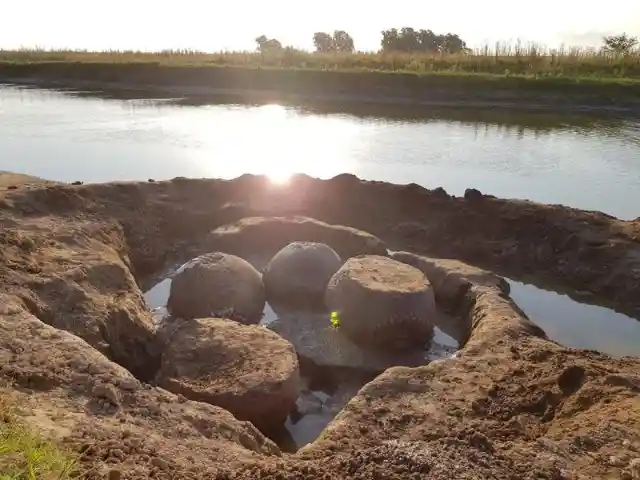
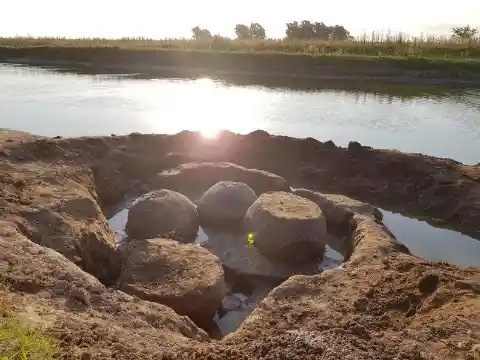
As rumors of enormous penguins surfaced in New Zealand and Canada reports the discovery of a relative of the Tyrannosaurus Rex, these huge armadillos – the size of a small car – have been found in Argentina.
The fossils, which contain the remains of the 20,000-year-old giants were found in Buenos Aires at the base of a dried-out river.
The farmer, Juan de Dios Sota was going about his usual day, taking his cows down to a nearby field to graze when he realized that what looked like large boulders or cattle remains were actually neither.
After closer inspection and a visit from Pablo Messineo, an archaeologist, and a team of scientists the investigation concluded that these were actually four giant glyptodonts.
For the First Time: A Fossil Family
Glyptodonts are a known sub-family of the armadillo and were heavily armored creatures who lived in South America some 20 million years ago.
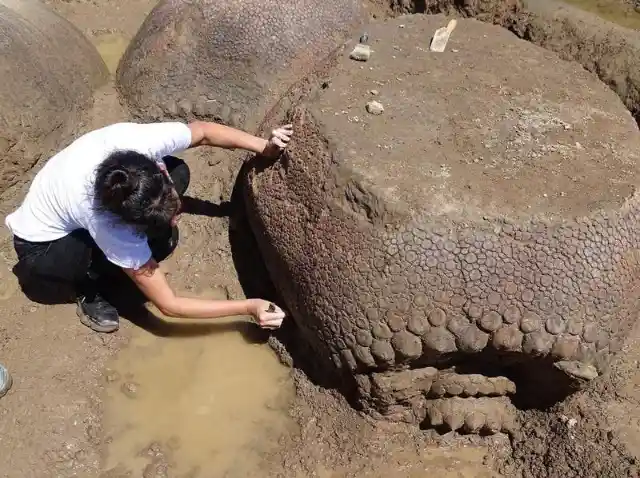
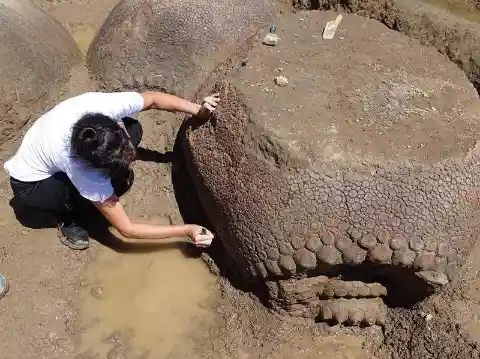
This discovery represents the first time that four of these animals have been found together on the same site. All of the animals were pointing in the same direction which suggests they were traveling when they died.
The differing sizes of the fossils have led scientists to conclude that this may have been a 'family' consisting of 2 adults and 2 children. The adults, when fully grown, are about the same size as a Volkswagen Beetle and would weight in at 1,000g (2,205 pounds).
Diggers will be needed to move the fossils and once that has been achieved further research can be done to look at their age and sex and what killed them.
A Hairy Turtle Look a Like
Argentina is not the only place where the remains of these large animals have been found; Glyptodont fossils have also been uncovered in Uruguay and Brazil.
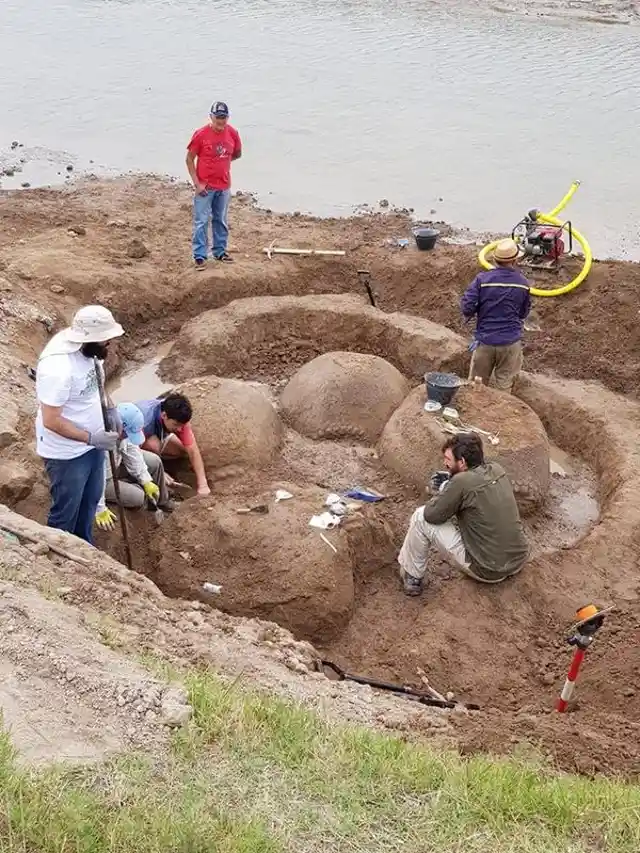
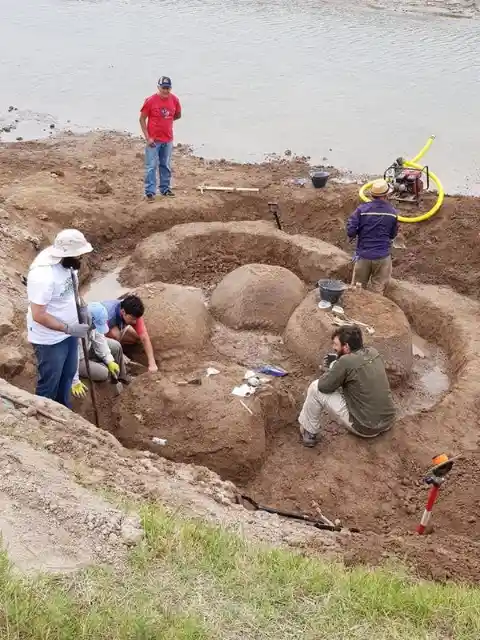
The creatures have a round body, short legs, and a hard bony shell and although they are related to the modern armadillo they do look somewhat like a hairy turtle. They were probably herbivores, were very slow-moving and became extinct 10,000 years ago.
With so many exciting new discoveries being unearthed, we are excited to find out what will happen next.